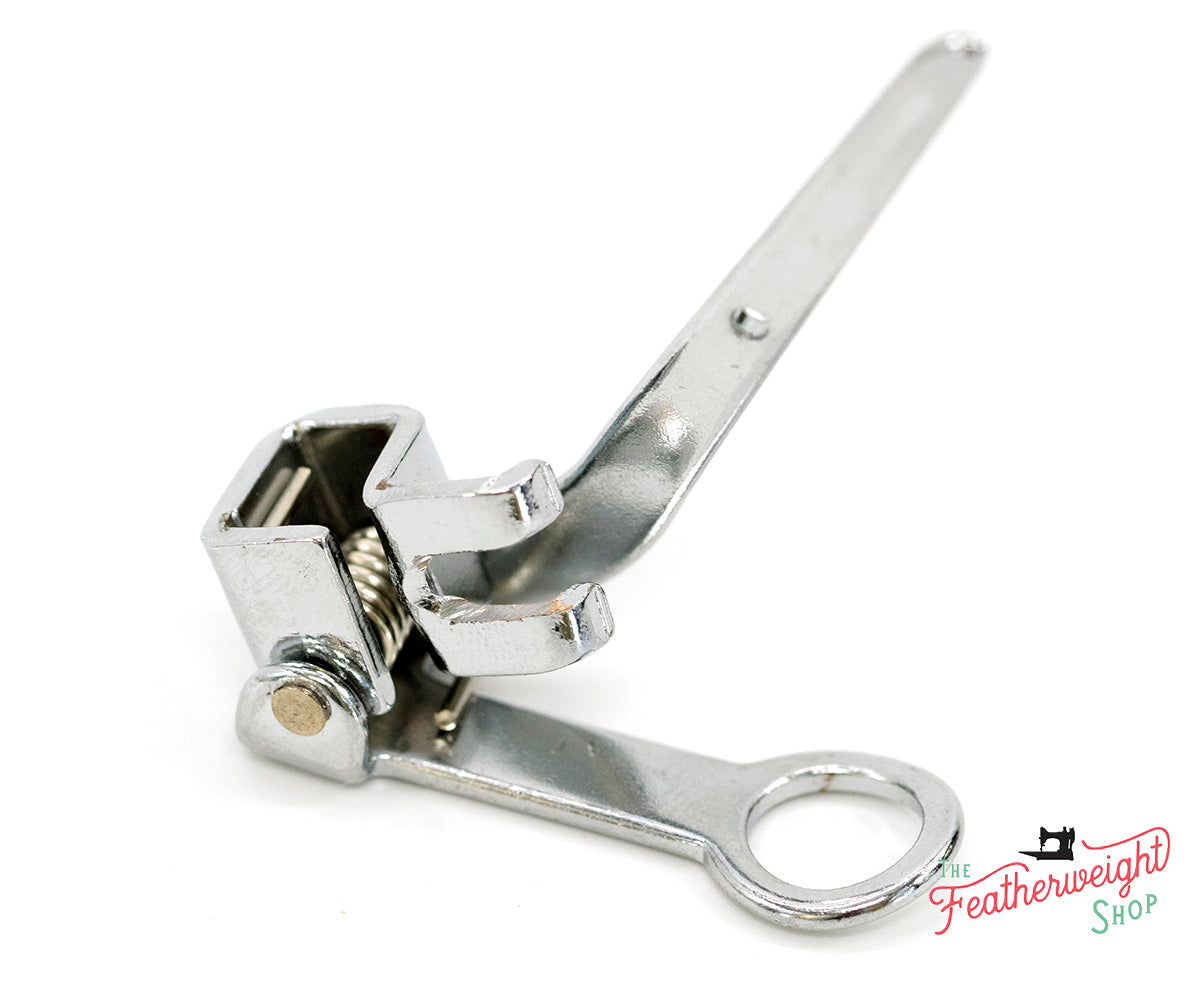
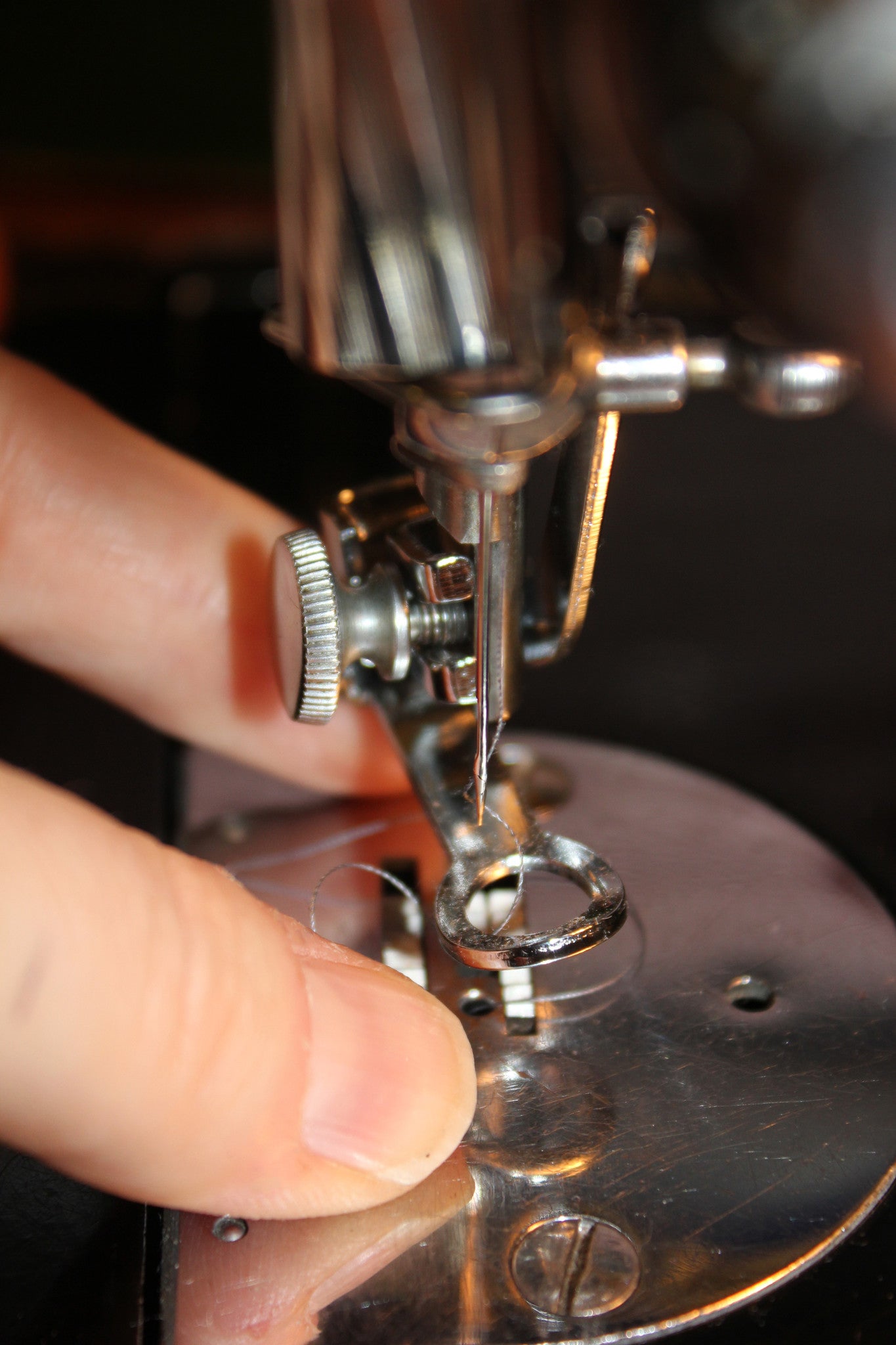
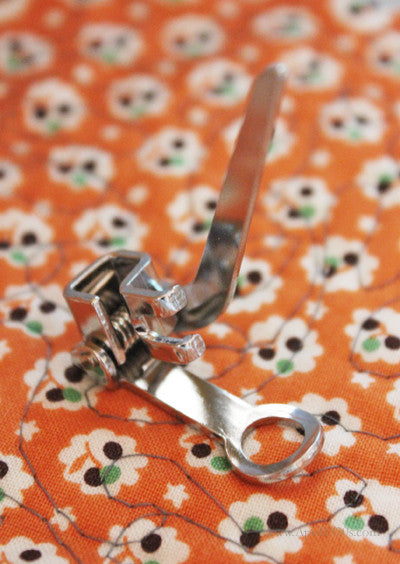
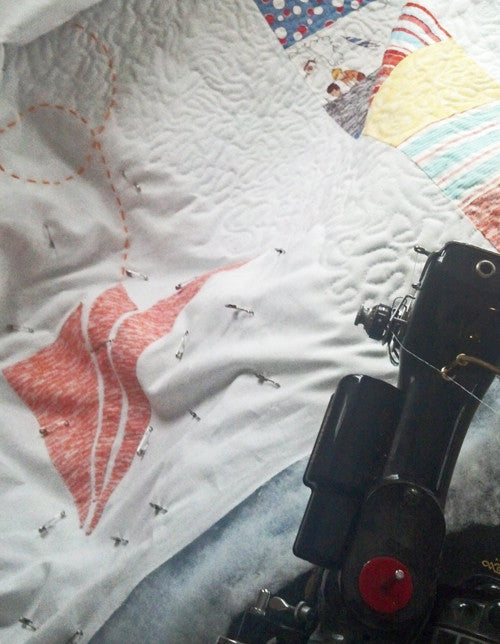
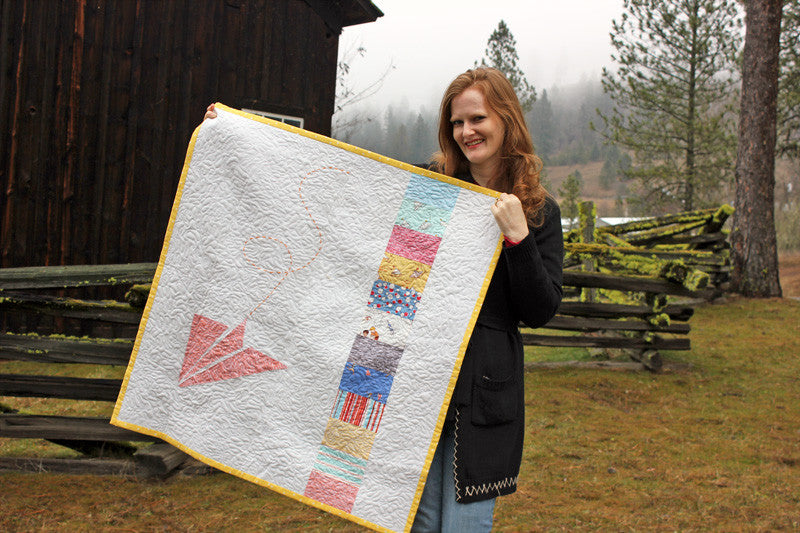
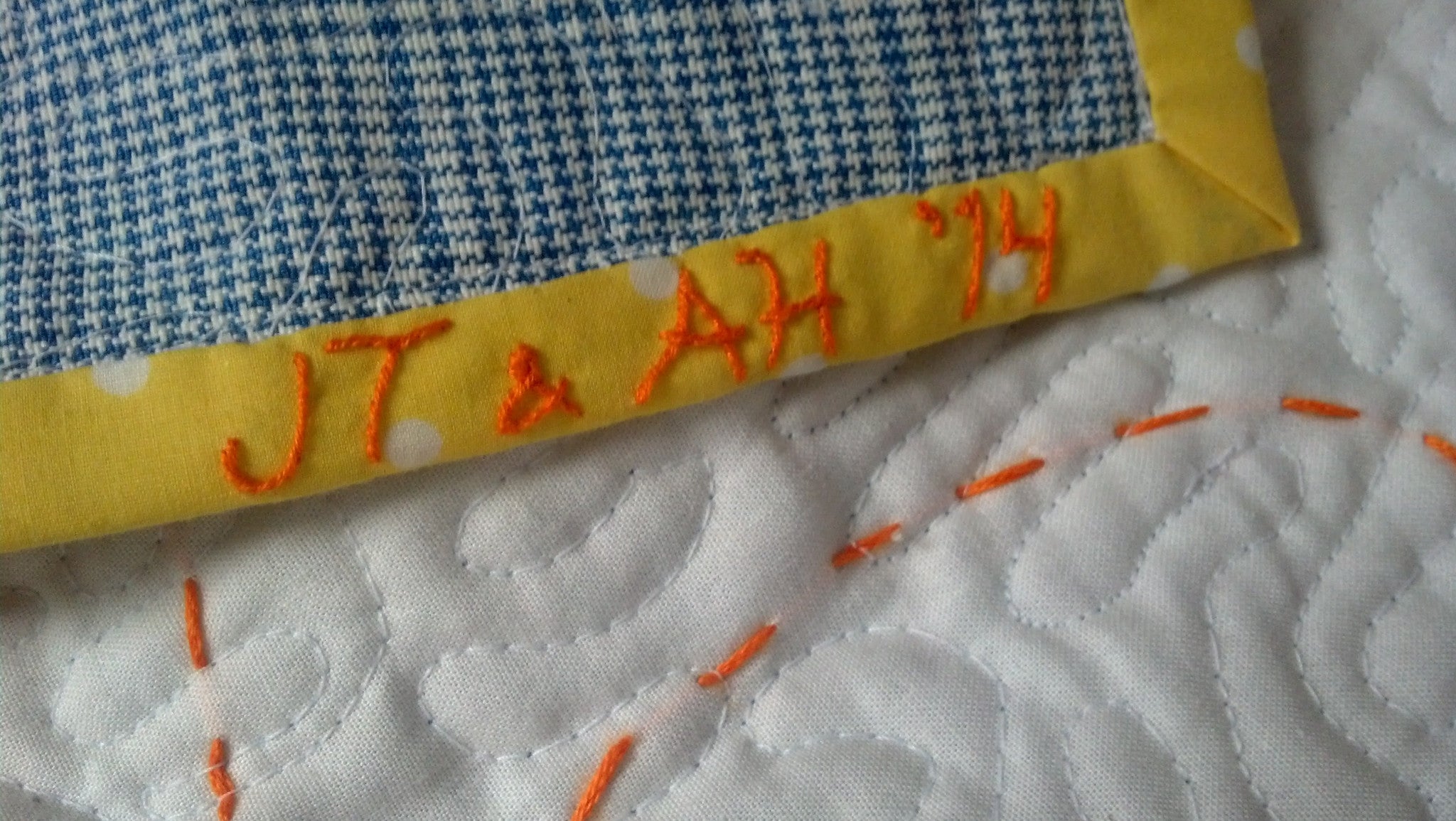
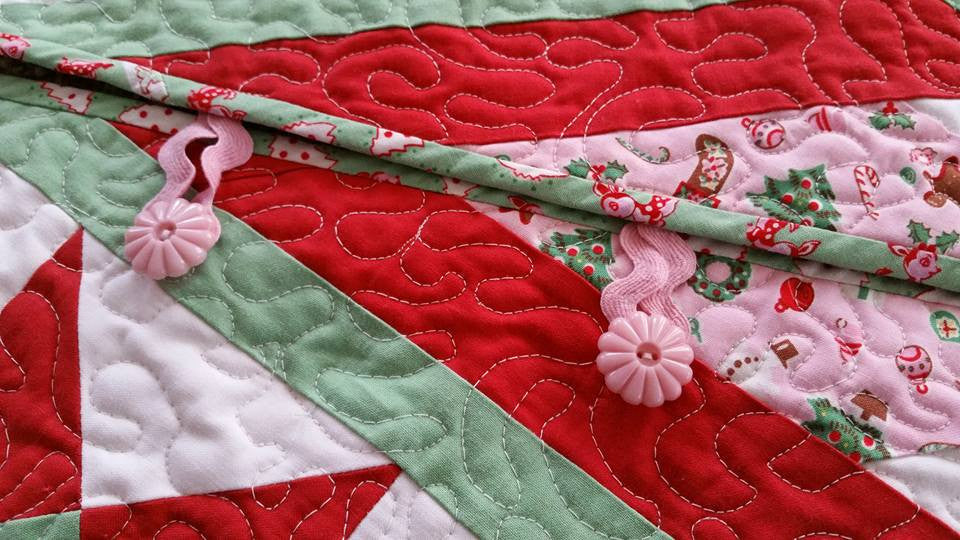
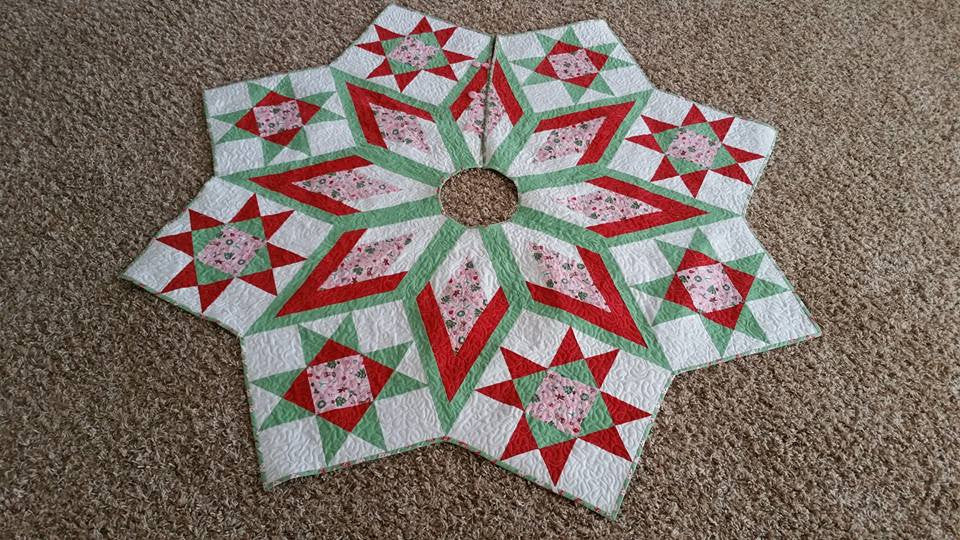
Embroidery & Darning Foot
VIDEO TUTORIAL BELOW
and visit our blog for further detail about this attachment.
With the right instruction, feed-dogs covered or lowered, and the appropriate embroidery/darning attachment, Machine Embroidery can range from the 'Practical' (darning) to the 'Artistic' (embroidery)!
You can start out simple - everything, as you know, takes practice. But, before you can start at all, you will certainly need this Embroidery/Darning Attachment to help you.
Let's face it - the old Singer embroidery attachments are getting more and more difficult to acquire without a 'collector' price-tag. Well, to fulfill your desire for Machine Embroidery as well as being cost-effective, this NEW Reproduction (all-metal) Attachment works beautifully!!! I was quite impressed, actually, with how smooth works - I would rate this as the best replacement for having an original vintage Singer part.
Take note of the following before you begin:
#1 ~ There is a bit of resistance when attaching it because of the foot being spring-loaded. Therefore, placing the arm lever above the needle bar as shown in the photograph above, while screwing the foot in place as it shifts onto the bar will make it much, much easier.
#2 ~ Using a small quilt sandwich, begin practicing your free-motion work. Yes, you can most certainly do free-motion work on your Featherweight, however, for long projects or quilts, be sure to give your motor a cool-down rest, staggering your sewing times. For example, I made a baby quilt and I quilted it in quarter time allotments allowing my motor to completely cool in between.
#3 ~ Having a tube of motor lubricant is wise, too, because as the motor heats up it will wick the grease, lubricating the appropriate parts inside the motor.
Red-Work, Blue-Work, Green-Work, or what-ever-color suits your fancy are going to have an entirely different meaning with the ability to embroider it on your machine. Remember the old-fashioned Friendship quilts? Take your finished quilt squares to a bridal shower and have all in the wedding party sign them in pencil or water-erasable fabric ink. Then follow their signature with your Embroidery Attachment - what a unique (cherished) gift that would be to present the bride. Or even as a baby gift, you could use a vintage iron on transfer with the oh-so-darling prints and patterns from yesteryear and embroider a Nursery-Rhyme Quilt. My mother has one (which I hope to inherit someday) and it is one of her most-treasured possessions.
Really and truly, with a little practice, you'll be able to follow a signature in no time at all. I watched a good friend of mine do it after just a couple samples of her own name. She finished an entire baby quilt with signatures from a baby shower.
Instructions for use will be included.

You can attach the foot to your machine in one of two ways. I have gotten used to just pinching and gripping with my right hand, but this can be a bit tricky and hard on the hands, so my husband, Carmon, helped show me a second and much easier way (thanks, honey!). I photographed it for you below.
Either remove the needle and attach the foot without the needle in place or make sure the needle goes through the center of the foot.

Set the foot just below the presser bar and center the hole on the foot with the needle hole.

Lower the needle bar as far as it will go, making sure the spring bar rests above the needle bar as indicated by the arrow above.
Tilt the foot so that the forks are situated and aligned over the screwhole on the presser bar. Screw the foot in place using your machine thumb screw.
Raise the needle bar, thread your needle if you haven't already done so and attach the feed cover plate for your 221 Featherweight or lower the feed dogs on your 222 Featherweight.
Things to remember:
- Quick, long movements will gain longer stitches in your quilting. Slow, short movements will result in shorter stitches.
- Increase the tension on your presser bar when working with thicker, heavier fabrics.
I realize it may seem counter-intuitive to increase the pressure on the presser foot, but it is usually required to compress the multiple layers of fabric just enough so that a proper stitch forms. The batting ultimately acts like a spring, pulling the thread loop at the eye of the needle closed. This causes the hook to miss the loop resulting in a missed stitch. This increased pressure is released, however, with each up-stroke of the needle (and hopping of the foot) allowing the fabric to be moved in any direction.
- Start out practicing on smaller projects, such as a mug rug or placement and work your way up to a table runner or baby quilt.
- When doing a baby quilt or anything larger, you will need to take frequent breaks so as not to heat the motor for too long of time periods. Breaking a baby quilt into quarters and letting the motor cool completely in between each section is recommended.
- Larger thread spools are advantageous for continual sewing, but they greatly affect tension due to their weight. Therefore, it is recommended that you use a Thread Stand designed for your Featherweight because it lifts the thread up off the spool and loosely guides the thread to the needle without any added tension.
Send us photos of what you make! Happy Featherweight Sewing!

LOW SHANK: fits the Singer Featherweight 221, 222K and all low, vertical shank Sewing Machines (i.e. 15, 27, 28, 66, 99, 185, 127, 128, 192, 201, 206, 237, 306, 319, 320, 328, as well as many other brands besides Singer)
Embroidery Plate & Hoop are not included.
Quick View









